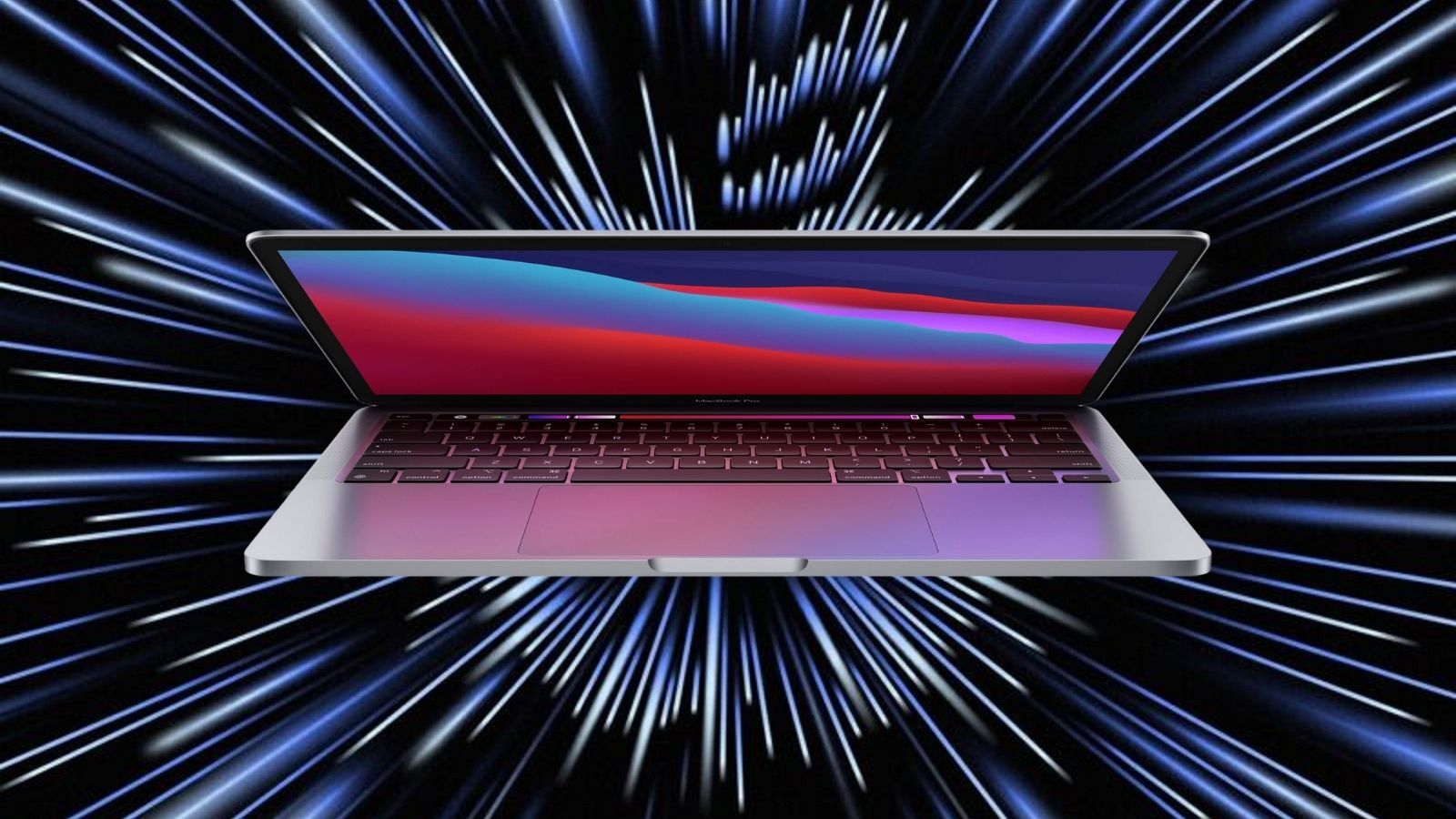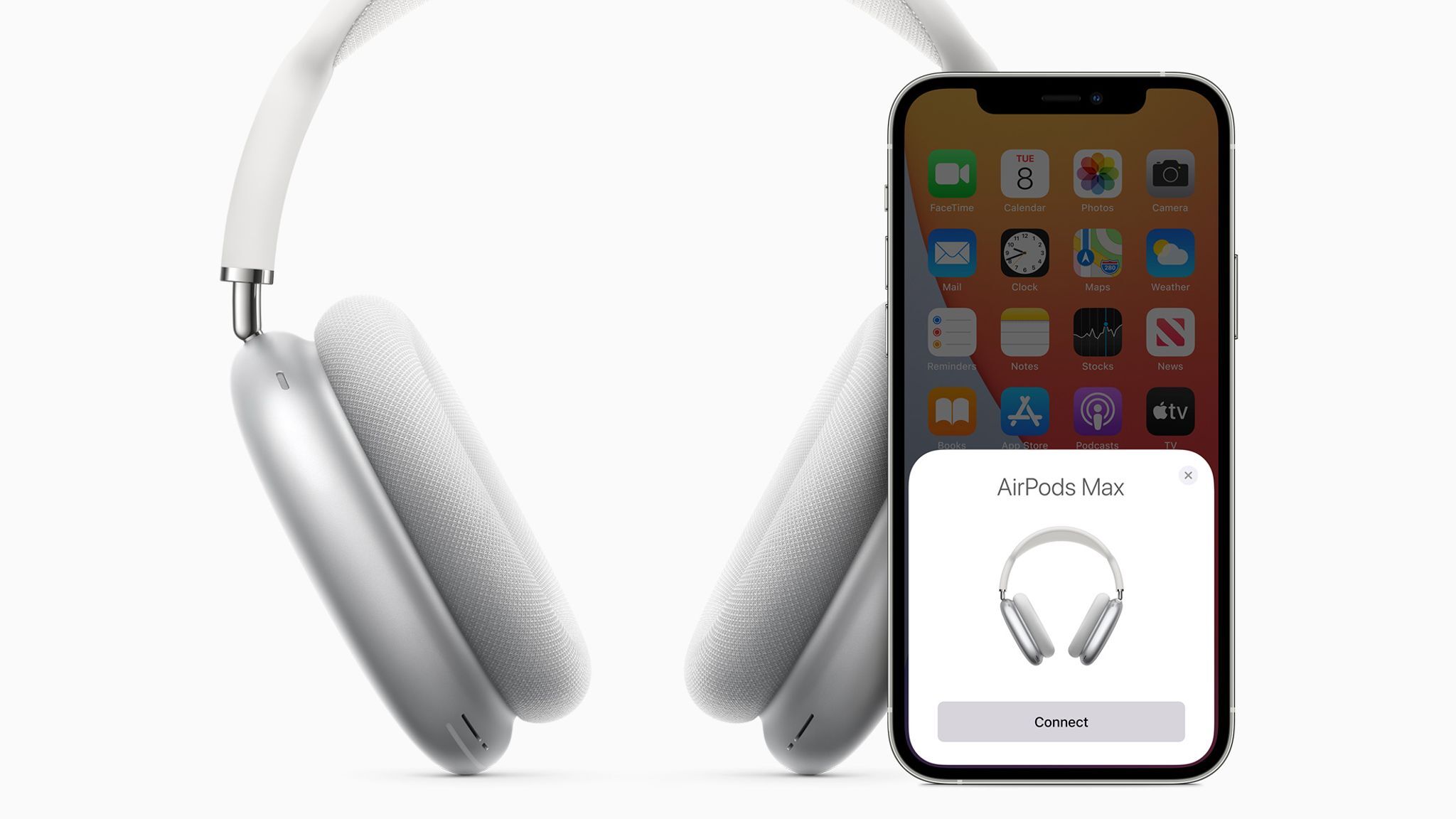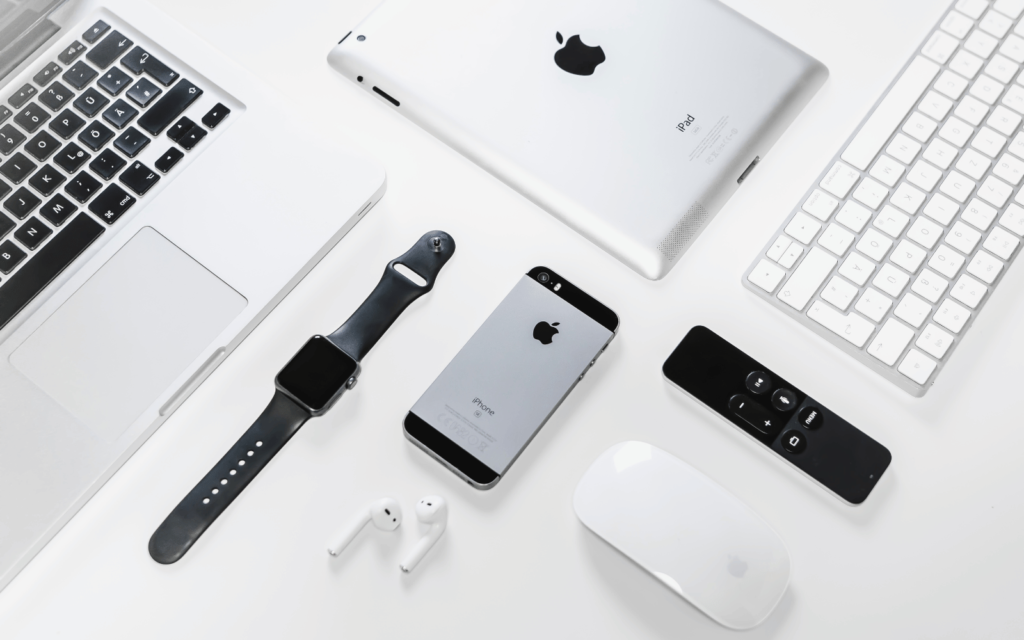For some reason, the internet chose today as the day for every Apple rumour under the sun to drop. We’re hearing reports of Apple’s plan to stop relying on Samsung’s display proficiency and develop its own panels – whether they be OLED or touchscreen (or both) — for its line-up of MacBooks in the coming years.
Fine. I’ll do it myself

Apple is looking to end its alliance with Samsung and LG and focus on developing its own screens for upcoming iPhones and Apple Watches. At least, that’s what Bloomberg has told the world.
The transition would begin with the “highest-end Apple Watches” towards the end of 2024. Apple Watch Ultra Pro 2 anyone? Apple wouldn’t be building these displays with its own two hands. No, that fun duty will still fall to a third-party supplier, though Apple will have “designed the new displays and devised their manufacturing process”. That counts as building your own displays in-house, right?
And finally, the OLED screens currently present in the Apple Watch lineup could be headed for the door. Apple would replace them with microLED displays, with the same technology eventually reaching the iPhone. Due to the cost and technical challenges Apple has faced in trying to make the switch a reality, this particular project may not find a home until 2025. The pushed-out OLED tech could make the jump to MacBooks instead.
Source: Bloomberg
Do you want OLED MacBooks? Because that’s how you get OLED MacBooks

One of the more reputable sources in the Apple world; Ming-Chi Kuo believes an OLED MacBook could be announced as early as next year. It would be the first time Apple has used OLED in its portable laptops, which currently house Mini-LED technology (in the 14- and 16in MacBook Pros).
But why? There is a multitude of reasons. For one, OLED panels feature pixels that are individually lit and need no backlighting. This saves on battery and provides better contrasts – an enticing prospect for portable devices. Add in the fact that OLED panels are more easily manipulated and offer “more diverse form factor design options,” says Kuo. This means folding technology and thinner MacBooks should be on the horizon for 2024.
Source: Ming-Chi Kuo (Twitter)
Read More: Going Apple picking: Choosing the right iPhone in 2023
Touching Grass (and your friend’s screen)

After Apple eventually sorts out its OLED desires, it could enter the realm of having touchscreen MacBooks by 2025. What would be the point of a touchscreen MacBook? Who knows. Perhaps its goal is to invite every single non-Mac-owning pleb to touch their co-worker’s screen. If that’s the goal, it’ll definitely succeed.
The plans for a touchscreen MacBook aren’t yet finalised, says Bloomberg. At the moment, the design would still feature a standard keyboard and trackpad but with the added “benefit” of a touchscreen display. It won’t be combining iPadOS either. The machines will keep the MacOS we’ve gotten used to.
For years, Steve Jobs was completely against the idea of introducing touchscreens onto MacBooks. But, as ever, Apple is ignoring the whispers from the grave and doing it anyway.
Source: Bloomberg
To the Max

We’re back with some more news from Ming-Chi Kuo, who says that a new iteration of the AirPods Max and a cheaper $100 (R1,700) set of AirPods are in development at Apple HQ. Apple has yet to decide when these will make their way into the real world, though a release for 2023 is definitely not on the cards. Maybe next year?
Apple isn’t far enough into development to have names picked out yet for the new entry, though it’s quite possible that the most obvious answer is the right one. ‘AirPods Lite’ sounds so Apple-y that we had to check it didn’t already exist but there’s also the option to call it the AirPods SE. There’s no news on what Apple would fill these budget earphones up with – only knowing that they’ll be the cheapest pair to date.
The updated model of the AirPods Max, however, would be far from cheap. Again, we don’t know what specs it’ll have upon launch, though we can guess it’ll be the most expensive pair of headphones from Apple ever. Because why wouldn’t it be?
Source: Ming-Chi Kuo (Twitter)




